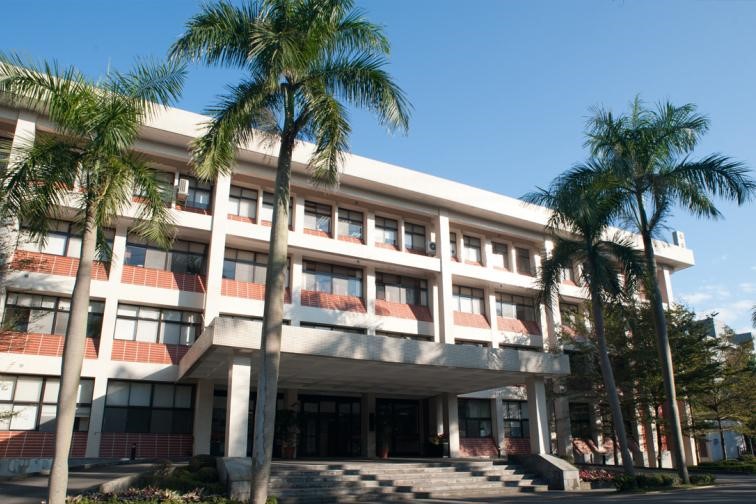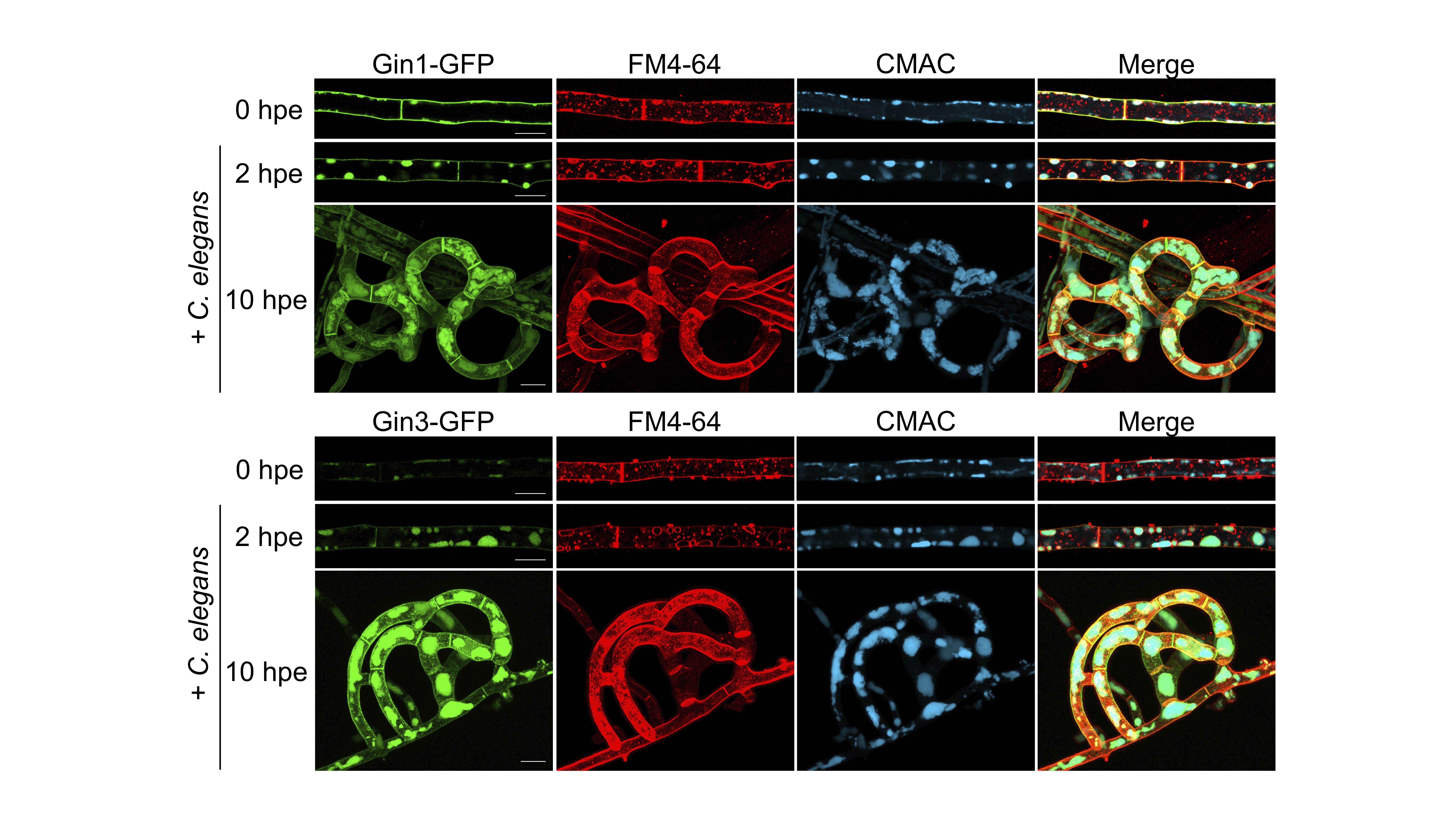Date: 2024-04-26
The capability to sense and respond to the environment is essential for survival and fitness in all organisms. Recent studies have shown organisms from different kingdoms, such as fungi, plants, and mammals can recognize and respond to conserved nematode pheromones, named ascarosides. However, the mechanisms underlying cross kingdom perception of nematode pheromones remain unclear. A research team led by Dr. Yen-Ping Hsueh at the Institute of Molecular Biology, Academia Sinica, revealed that two families of GPCRs are responsible for ascarosides detection, leading to the activation of the cAMP-PKA pathway for trap development in nematode-trapping fungus Arthrobotrys oligospora. The expansion of GPCRs in A. oligospora may have been advantageous for recognizing diverse nematode-derived signals to ensure robust prey recognition during co-evolution. Moreover, the identification of ascarosides receptors in a fungal species sheds light on the molecular mechanisms of ascaroside-mediated cross-kingdom communication. This research has been published on April 22, 2024 in Nature Microbiology. The lead author of this research, Chih-Yen Kuo, is a TIGP-MCB student at Academia Sinica, and collaborators of this research includes Dr. Frank Schroeder at Cornell University and Dr. Yu-Chu Chang at Taipei Medical University. Funding was provided by Academia Sinica and the National Science and Technology Council.
-
Link









 Home
Home

